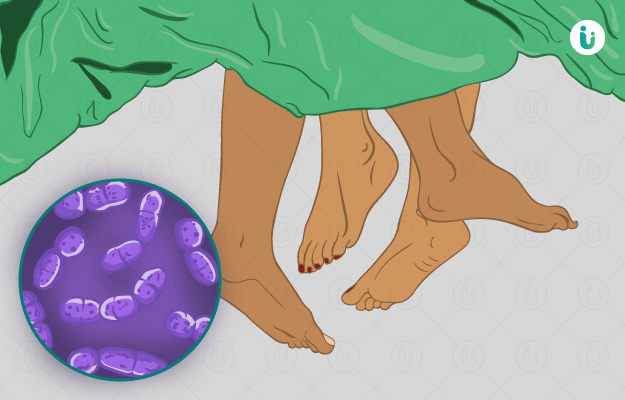What is trichomoniasis?
Trichomoniasis is a disease that is sexually transmitted and is primarily caused due to a parasitic infection. This disease is more common in women than in men and is quite common in various parts of the world.
What are its main signs and symptoms?
In some individuals, mostly women, the disease may produce no symptoms at all. This may lead to a delay in the diagnosis. The most common symptoms of trichomoniasis in women are:
- Irritation or itching in the genital area
- Frothy vaginal discharge that is green or yellowish
- Foul odour from the vagina
- Discomfort during sexual intercourse
- Difficulty while urinating
- Pain the abdomen
In men, the symptoms may be as follows:
- Burning sensation in the genital area
- Discomfort after urination or ejaculation
- Unusual discharge from the penis
- These symptoms may begin to appear within 5 to 28 days of getting infected
If left untreated, this disease could increase the risk of being infected with human immunodeficiency virus (HIV).
What are the main causes?
Trichomoniasis is primarily caused due to infection with the parasite Trichomonas vaginalis. The infection spreads through sexual contact (vaginal, anal or oral sex).
The risk of getting this infection is higher in individuals who have multiple sexual partners.
How is it diagnosed and treated?
In order to diagnose trichomoniasis, the doctor will conduct the following tests:
- Pelvic exam
- Laboratory test of the fluid sample
- Urine test
This disease is easily treatable with the help of oral antibiotics that help in eliminating the parasite from the body. The medication needs to be taken by both partners in order to eliminate the chances of re-infection.
The only way of preventing such an STD is to practice safe sex and refrain from having multiple partners. The use of condoms can cut down the risk of getting the disease, but not eliminate it completely.
Making informed choices when engaging in sexual intercourse and discussing the risk and previous history of STDs can be a helpful preventive measure.

 Doctors for Trichomoniasis
Doctors for Trichomoniasis 

















